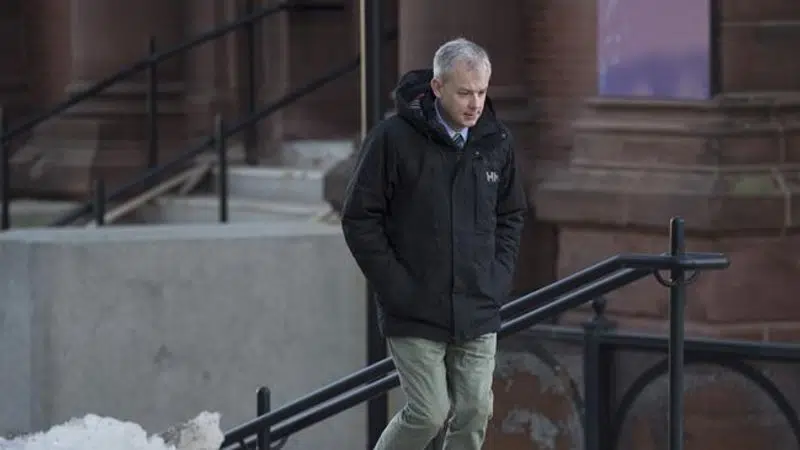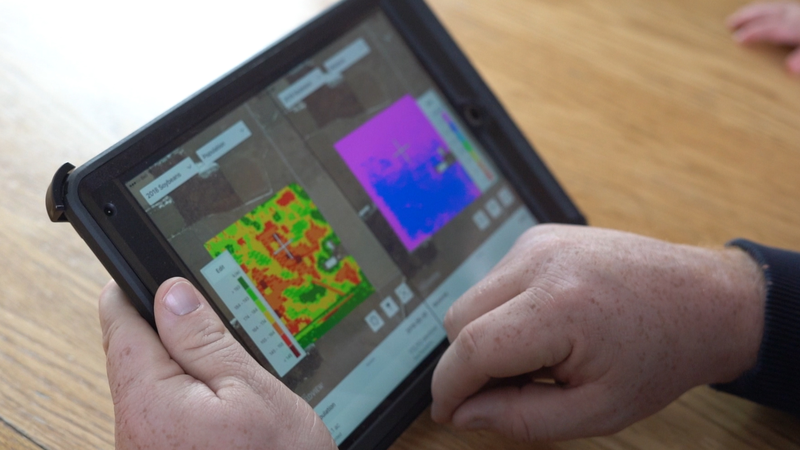
Dennis Oland murder trial: Cellular expert delivers blow to defence
SAINT JOHN, N.B. — An expert on cellphone towers says the chances are “very small” the last message received on murder victim Richard Oland’s phone came from a tower other than the one Dennis Oland was near at the time of that final text.
Joseph Sadoun, a consulting engineer for cellular companies, told Dennis Oland’s trial on Tuesday the general rule is that cell phones communicate with towers that have the strongest signals, and those typically are the closest.
On July 6, 2011, the day Richard Oland was bludgeoned to death in his uptown Saint John office, the final message to his phone at 6:44 p.m. pinged off a tower in Rothesay, a bedroom community on the outskirts of Saint John where Dennis lives.


